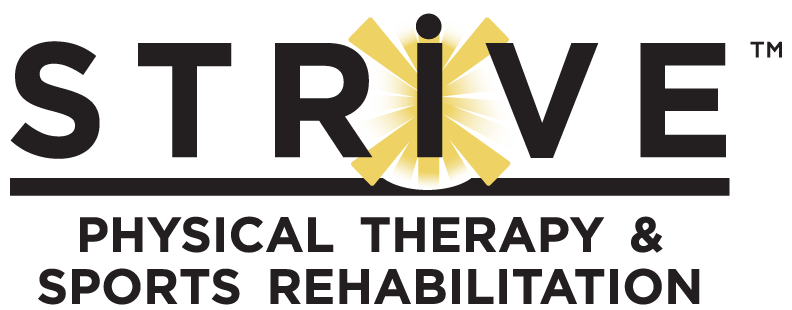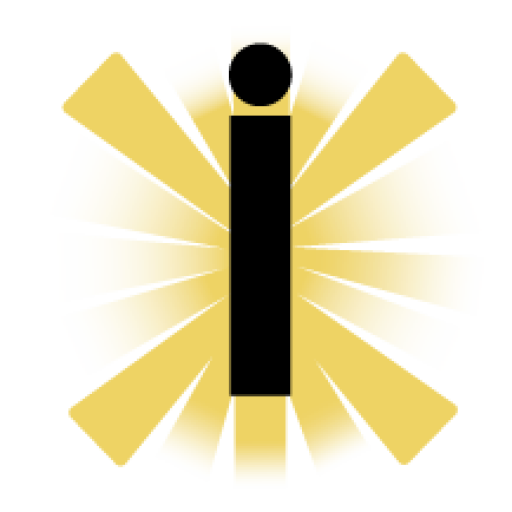Physical Therapy for Tennis Elbowin Philadelphia, Trenton & Surrounding Cities
Around five percent of the population will experience tennis elbow at some point in life. Tennis elbow physical therapy is the best treatment for tennis elbow.
After a thorough evaluation, our expert Strive PT physical therapists will advise you on a treatment plan to manage your current pain, adjust your activities, and prevent your tennis elbow symptoms from returning. Your PT will ensure that everything from your neck down to your hand is moving correctly and have the appropriate strength to best support the elbow and eliminate pain.
Causes of Tennis Elbow
Tennis elbow is also referred to as lateral epicondylitis or epicondylalgia. It happens from excess stress at the outside of the elbow creating pain and inflammation at the joint. The primary area affected is the common extensor tendon which connects the muscles of the hand and forearm to the elbow. This happens from overuse, such as from playing racquet sports or upper body intensive work activities. Common symptoms of tennis elbow are burning pain and/or tingling at the elbow that moves around and pain that is most intense with a straight arm and twisted wrist.
Solutions for Tennis Elbow
There are several solutions for tennis elbow, including physical therapy exercises for tennis elbow. After an evaluation, your physical therapist will educate you on how to relieve pain immediately with the use of a supportive brace, on activities to avoid in the short term, and on exercises to improve mobility and strength in the arm and hand. You may benefit from icing or heat application to reduce the pain you are feeling after activities. Generally, the best solution for tennis elbow is to stop activities that worsen the pain in the short term and build up the correct movement patterns and strength to prevent it from returning.
Benefits Of Physical Therapy For Tennis Elbow
Your physical therapist will partner up with you to solve your elbow pain. If you are looking for a long-term solution that addresses the root cause of your pain, physical therapy is the answer. Your therapist will help you to identify the culprit behind your tennis elbow, help strengthen the entire arm and get your upper back and neck moving efficiently. You can expect your program to last four to six weeks, and continue exercises independently at that point.


